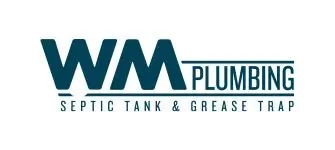How to Maintain Clear Drains in Cafes and Small Restaurants
Maintaining clear drains in cafes and small restaurants is crucial for ensuring smooth operations, hygiene, and customer satisfaction. Blocked drains can lead to unpleasant odors, slow drainage, and even kitchen shutdowns, affecting your business's reputation [...]
How to Budget for Commercial Plumbing Renovations
Budgeting for commercial plumbing renovations requires careful planning and consideration to ensure the project meets your business needs, complies with regulations, and stays within financial constraints. Whether you're upgrading plumbing fixtures, expanding facilities, or addressing [...]
Addressing Noise Concerns in Commercial Plumbing Systems
Addressing noise concerns in commercial plumbing systems is crucial for maintaining a comfortable and productive environment. Excessive noise from plumbing fixtures and pipes can disrupt business operations, disturb occupants, and indicate potential underlying issues. Here's [...]
5 Cost-Effective Tips for Maintaining Commercial Plumbing
Maintaining commercial plumbing systems is crucial for the smooth operation of businesses, ensuring uninterrupted service to customers and minimizing costly repairs. Here are five cost-effective tips to help businesses effectively maintain their commercial plumbing: 1. [...]
Grease Trap Best Practices for New Restaurant Owners
For new restaurant owners, understanding and implementing grease trap best practices is essential for maintaining efficient kitchen operations, ensuring compliance with regulations, and minimizing environmental impact. Grease traps, also known as grease interceptors, are critical [...]
Retrofitting Old Commercial Bathrooms with Modern Plumbing Systems
Retrofitting old commercial bathrooms with modern plumbing systems is a strategic investment that can enhance functionality, improve efficiency, and elevate the overall experience for users. Older plumbing systems in commercial buildings may be prone to [...]

